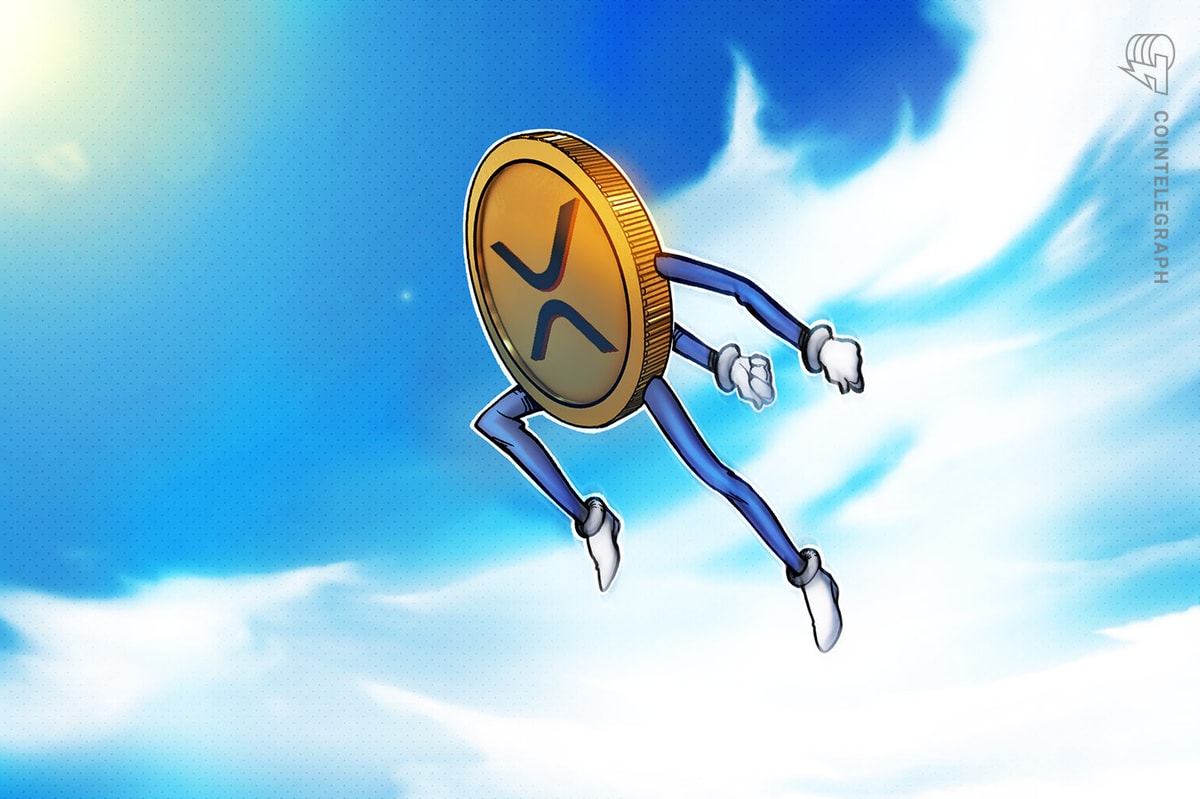 PayPal CEO says US consumers need incentives to try stablecoins as PYUSD expands Liam 'Akiba' Wright · 12 seconds ago · 3 min read
PayPal CEO says US consumers need incentives to try stablecoins as PYUSD expands Liam 'Akiba' Wright · 12 seconds ago · 3 min read
As US considers stablecoin regulations, PayPal's PYUSD banks on cross-border potential and consumer rewards.

Cover art/illustration via CryptoSlate. Image includes combined content which may include AI-generated content.
PayPal chief executive Alex Chriss said the United States remains far from widespread stablecoin adoption, telling Bloomberg TV on June 26 that consumers lack meaningful incentives to shift away from existing payment rails, a view surfacing as the company advances new initiatives around rewards and cross-border transfers.
His comments follow the Senate’s passage of the GENIUS Act earlier this month, a bill that could become the first federal framework governing dollar-pegged stablecoins, with the House preparing to consider the legislation if paired with the CLARITY Act.
The regulatory momentum arrives as stablecoins expand beyond crypto trading into broader payments. As of June 2025, the market stands at $257 billion, and Bastion reported that it is projected to reach around $500 billion by late next year.
Yet retail transactions in the U.S. remain deeply tied to credit card networks, whose interchange and assessment fees average 2 to 3 percent, leaving merchants drawn to the lower costs of blockchain-based payments, while consumers see little value proposition absent rewards or yield features.
PayPal introduced its dollar stablecoin PYUSD in August 2023 through a collaboration with Paxos, releasing it as an ERC-20 token on Ethereum, according to the company’s newsroom.
While PYUSD has since expanded to platforms like Venmo, Chriss acknowledged that consumer adoption hinges on tangible benefits such as rewards programs. Reflecting efforts to capture users beyond crypto-native circles, he said,
“From a consumer standpoint, there isn’t a real incentive to drive adoption … that is why we’re starting to create things like rewards.”
PayPal announced in April that it would offer a 3.7 percent annual yield on PYUSD balances, aiming to spur interest. The move positions PYUSD against stablecoin incumbents like Circle’s USDC and Tether’s USDT, which account for over 90 percent of stablecoin supply, leaving PayPal with a market share of about 0.4 percent, equating to $981 million.
Cross-border payments represent another avenue where PayPal sees potential for PYUSD. According to the World Bank, remittance fees still average 6.3 to 6.6 percent globally, presenting a cost gap that blockchain networks could close.
Chriss said the first applications of PYUSD are likely to emerge in international transfers, describing them as an opportunity for faster, more affordable payments. In mid-June, PayPal announced plans to bring PYUSD to the Stellar blockchain to facilitate quicker, lower-cost remittances under its PayFi strategy.
Meanwhile, the GENIUS Act’s progress in Congress has raised questions about how a federal regulatory framework might influence stablecoin adoption, potentially clarifying rules for traditional financial institutions while imposing compliance requirements that could burden smaller issuers.
The shifting regulatory landscape also factors into broader market conditions, with traditional card networks feeling competitive pressure. Visa and Mastercard shares fell after the Senate’s GENIUS Act vote, signaling investor caution toward the potential impact of stablecoins on entrenched payment systems, as the Wall Street Journal reported. Although both card companies also have strong ties to the blockchain industry, indicating they are unlikely to give up market share without a fight.
PayPal’s focus on rewards and yield for PYUSD aims to bridge the divide between crypto’s low-fee rails and consumers’ expectations for tangible perks, positioning the stablecoin not merely as a trading instrument but as a contender in the payments space.
Whether these incentives will overcome entrenched habits remains uncertain, but PayPal is pressing forward, linking regulatory developments, yield strategies, and blockchain integrations in a bid to secure a foothold in the evolving stablecoin market.
It’s also important to remember that Chriss speaks as the CEO of a major US company while most stablecoin adoption lies outside of the States. Developing nations use stablecoins to access the dollar and conduct safe, cheap, and fast self-sovereign cross-border payments. The benefits of stablecoins are incentive enough for those consumers, while US-based PayPal customers don’t face the same hurdles.
Mentioned in this article
Posted In: US, Stablecoins



















 English (US) ·
English (US) ·